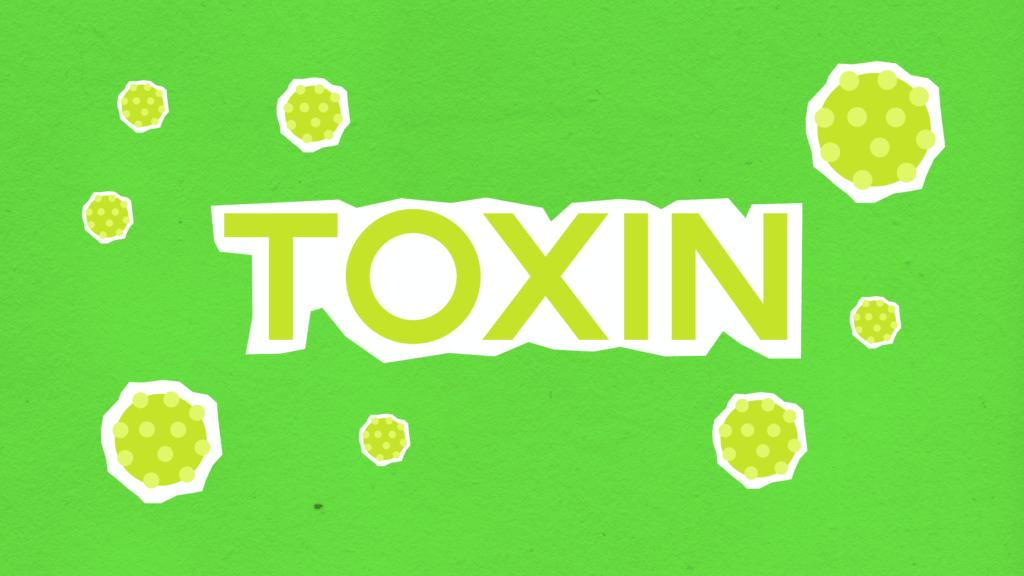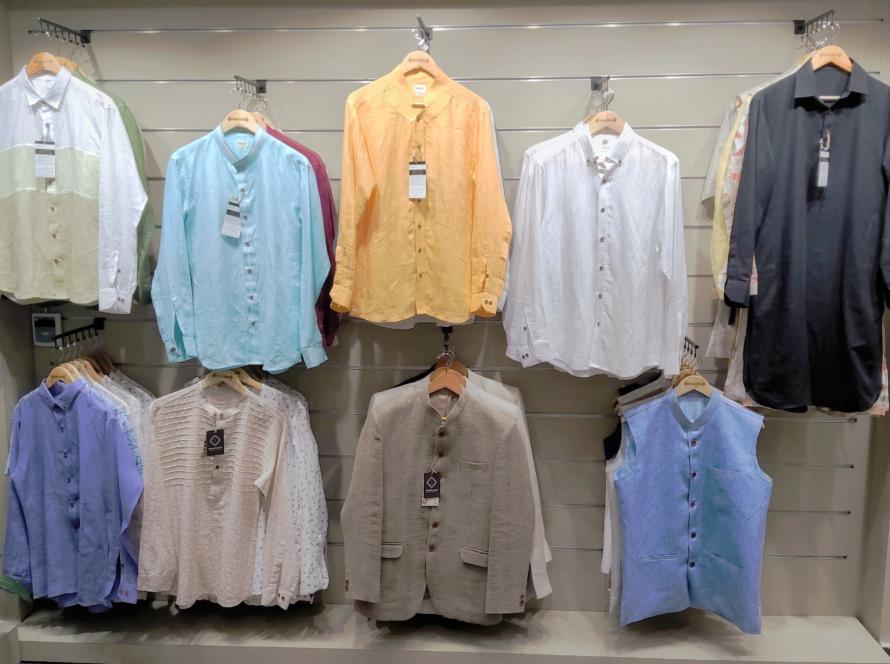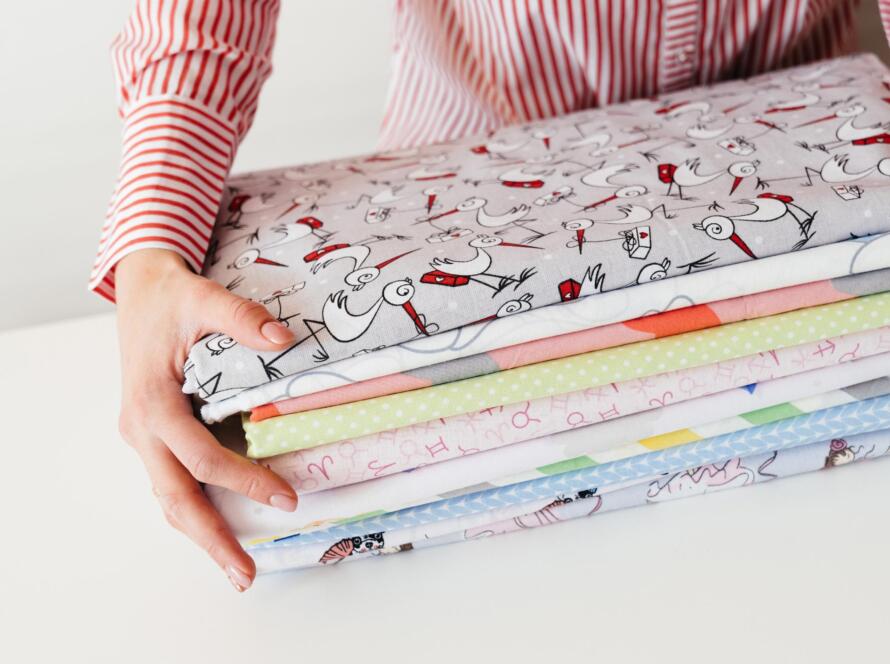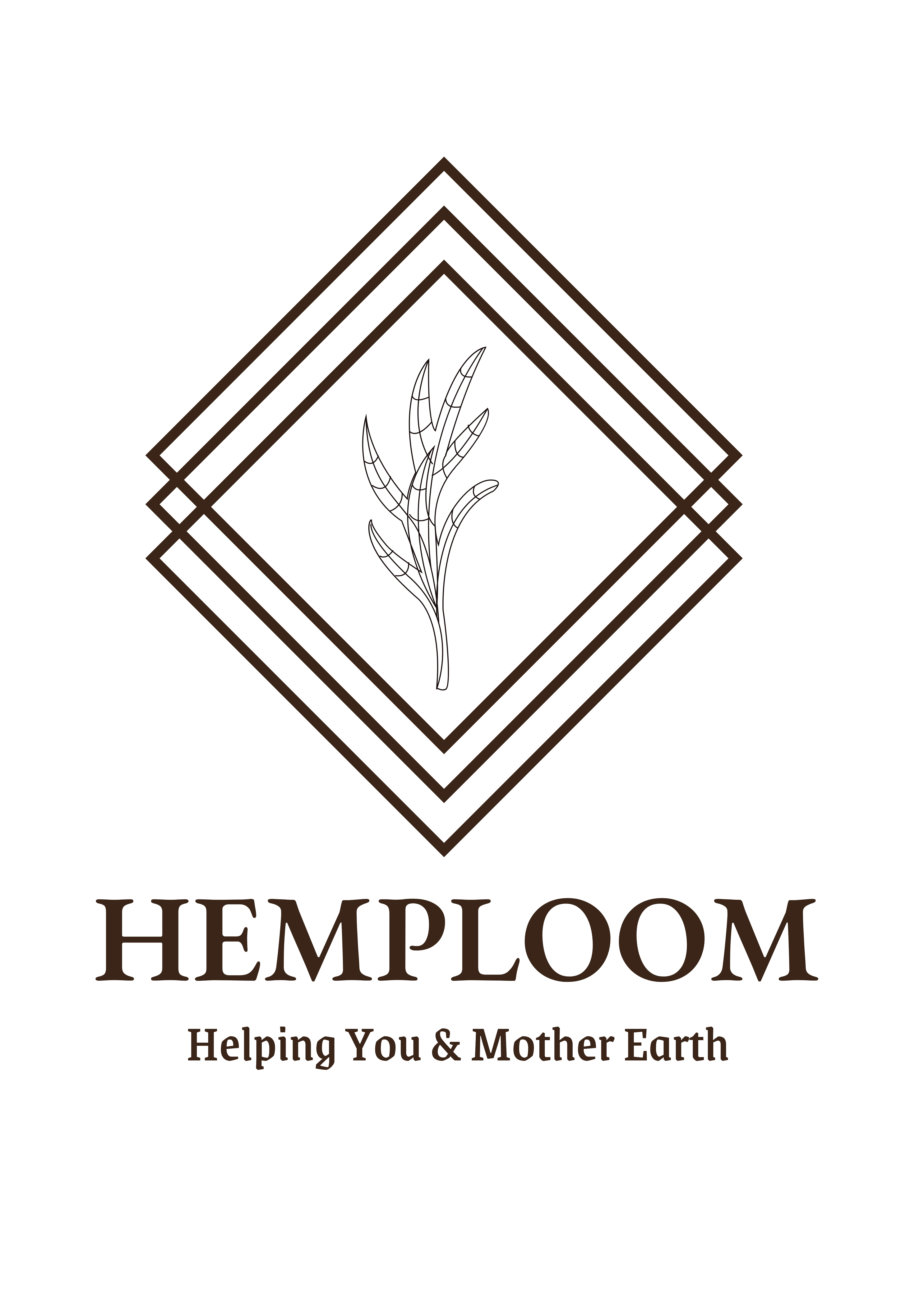In the quest for sustainable fashion and textiles, it’s essential to weigh the environmental impact of different fibers. Let’s compare hemp, cotton, and linen based on their sustainability factors:
1. Water Usage:
Hemp: Hemp is a clear winner when it comes to water conservation. It thrives with minimal water requirements, making it one of the most sustainable options. Compared to cotton, which is notoriously thirsty, hemp saves significant water resources.
Cotton: Conventional cotton farming is notorious for its water-intensive practices. However, organic cotton, grown using eco-friendly methods, reduces water consumption but still requires more than hemp.
Linen: Linen also has lower water requirements compared to cotton, though not as minimal as hemp. It’s a more sustainable choice than conventional cotton.

2. Pesticides and Chemicals:
Hemp: Hemp is naturally resistant to pests, reducing the need for pesticides. It can often be grown without chemical intervention, making it an eco-friendly option.
Cotton: Conventional cotton farming relies heavily on pesticides and chemical fertilizers, which can harm ecosystems and human health. Organic cotton mitigates this impact by using natural alternatives.
Linen: Linen typically requires fewer pesticides and chemicals than conventional cotton, making it a relatively sustainable choice.

3. Land Use:
Hemp: Hemp is a high-yield crop, meaning it produces more fiber per acre than cotton or linen. This efficient land use contributes to its sustainability.
Cotton: Cotton cultivation often involves extensive land use, leading to deforestation and habitat destruction. Organic cotton farming practices aim to reduce these impacts.
Linen: Linen also has a relatively low land-use footprint, making it a favorable option from a sustainability standpoint.

4. Biodegradability:
Hemp: Hemp is biodegradable, meaning it breaks down naturally over time, leaving no lasting environmental impact.
Cotton: Cotton is also biodegradable, although certain dyes and chemical treatments can affect its decomposition rate.
Linen: Linen, like hemp and cotton, is biodegradable, ensuring that discarded items eventually return to nature without harming the environment.
5. Overall Sustainability:
Hemp: Hemp stands out as one of the most sustainable choices due to its minimal water usage, low pesticide needs, efficient land use, and biodegradability.
Cotton: Organic cotton is a more sustainable alternative to conventional cotton, but it still lags behind hemp in terms of resource efficiency.
Linen: Linen ranks favorably in sustainability, with lower water usage and pesticide requirements compared to conventional cotton.
Conclusion:
From a sustainability perspective, hemp emerges as the clear winner, followed by linen and organic cotton. Choosing hemp-based, linen, or organic cotton products can significantly reduce your fashion’s environmental impact, contributing to a more eco-conscious and responsible wardrobe. By making informed choices, you can support sustainable practices in the textile industry and help protect our planet for future generations.





